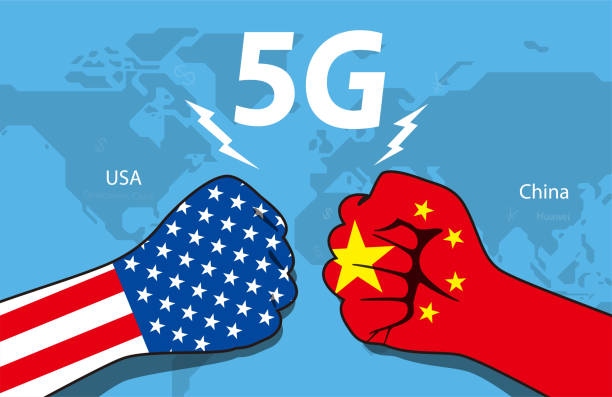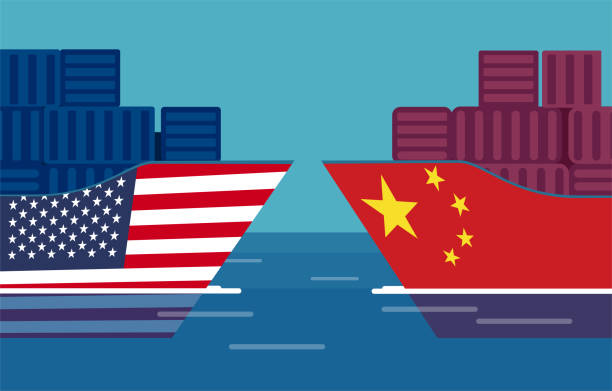Are we too in threat of US-China trade war?
- Trump presidency in 2018, levied 25% tariff on imports, accusing China of unfair trade practices
- The war is not likely to end soon as both sides have threatened each other about taking more strict actions.
- Along with the economic growth being hampered of China and US, businesses around the world are affected with increasing tensions between two parties
The ongoing economic conflict between the two most powerful nations in the world – US and China has become the burning issue nowadays. The trade between US and china has been huge and complex since the beginning when both countries signed a bilateral trade agreement in 1979 and the growth of trade was really speedy, from $4 billion (imports and exports) in 1979 to over $600 billion in 2017.
US president Donald Trump, who advocated on setting tariffs since the 1980s, began setting tariffs as well as other trade barriers on China to show his concern on US trade deficit. US also accused China of unfair trade practices such as theft of intellectual property and forced transfer of American technology to China.
The Trump administration in July 2018 set a tariff of 25% from 10% on about $370 billion in imports, which consists most Chinese goods exported to US. According to the New York Federal Reserve, Chinese firms could have cut 20% of their prices to ease the burden on American partners after levying 25% tariff. Instead Chinese prices fell by 2% or so. Beijing too has stroke back with duties on $110 billion of American products and hit back with tariffs ranging from 5% to 25% on US goods.

The war does not seem to end any sooner. Both sides have made their intention clear to take more action with new tariffs and hikes in 2019. Washington plans to levy new tariffs on Chinese goods, from footwear to telephones, on 15 December while China threatens to hit another 3,000 American products with tariffs by the end of the year.
In US, because of the trade war, farmers are struggling to fulfill the pressure of demand as well as the manufacturers are also having a hard time. Likewise, due to increase in tariff in imports, the prices of goods have hiked and it is difficult for consumers to cope up with the increased price level. On the other hand, the pace of Chinese economy has slowed down in nearly 30 years as since Trump slapped tariffs on Chinese products.
One of the famous examples of Chinese product that was caught in the trade war is Huawei. The company was prohibited from purchasing American parts and components to manufacture new products without a special Commerce Department license. Also, retailed sales growth fell to 8.2%, down from 8.4% in China in 2019, China’s National Bureau of Statistics reported.Car sales in the global automotive industry’s biggest market fell by 11.7%.
The increased uncertainty on confidence and investment due to trade war will make the developed economies suffer was reported by the International Monetary Fund in 2019. The dispute has sent a chill through the global economy. It is obvious that the increasing tariffs can result in higher prices of goods, leading to low consumer spending. Low consumer spending has lots of side effects resulting in less investment which affects in economy worldwide.

The ripple effect is beginning to be felt by firms which are not located in China as well such as semiconductor manufacturers in Singapore. The industry produces microchips which are used in a large range of electronic devices, mostly made in China and is facing a wider slowdown, feeling the consequences of the tariffs.
Although the trade war has not cost anybody’s life till date, it is likely to freeze a lot of businesses around the world if it continues in the same way.






